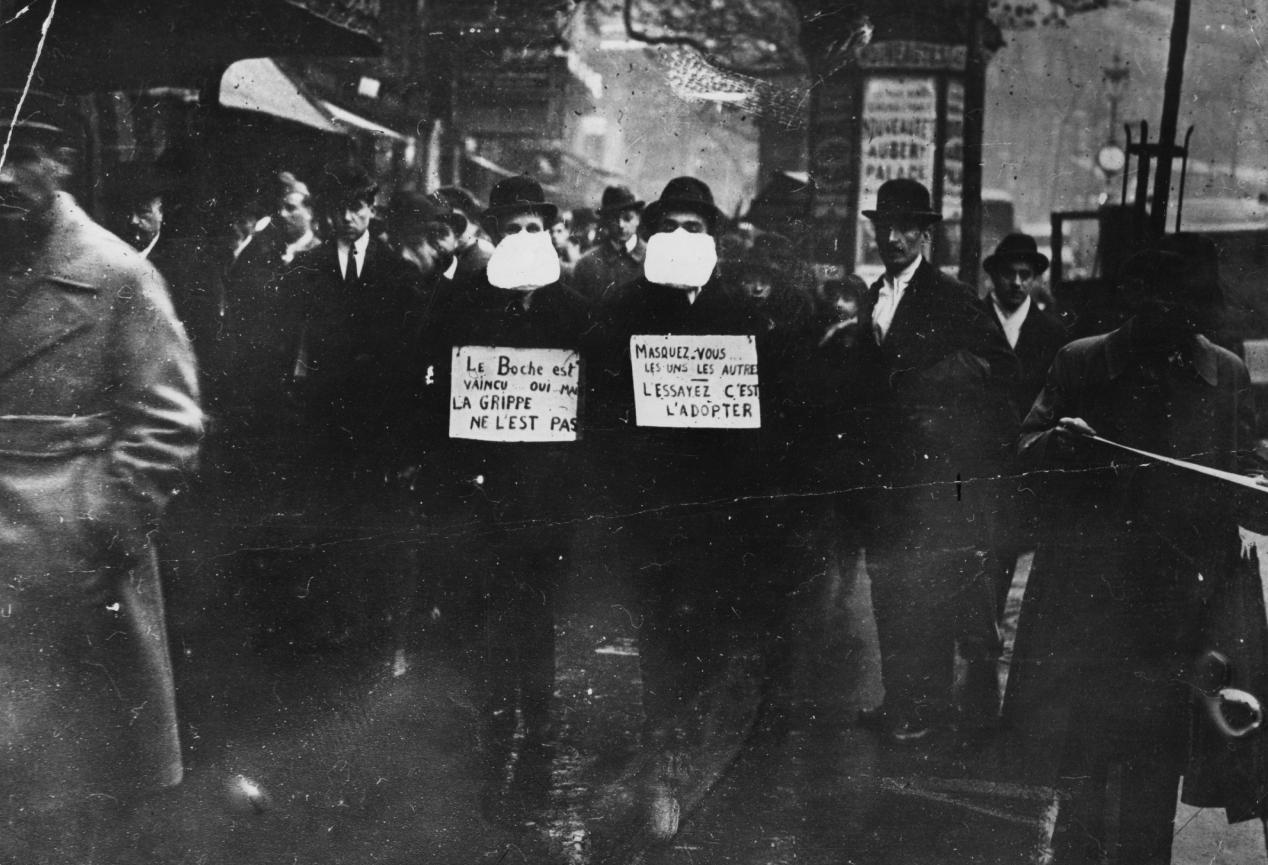Influenza pandemics are characterized by high morbidity, high mortality, rapid spread and wide spread. Each influenza pandemic will cause a large number of people to be sick and die, bringing a catastrophic blow to human life, property and economic development. In the 20th century, four influenza pandemics occurred worldwide.
(1) 1918-1919 "Spanish Flu": The flu pandemic first originated at Camp Funston, Kansas, USA. A soldier here felt a fever, a sore throat and a headache, and went to see a doctor at the army hospital, who believed he had a common cold. However, more than 100 soldiers in the barracks subsequently developed similar symptoms. A few days later, more than 500 "cold" patients appeared in the barracks. Subsequently, the flu spread to Spain, killing a total of 8 million Spaniards, hence the name "Spanish flu". According to statistics, the influenza pandemic has caused about 40 to 50 million deaths around the world.
(2) 1957-1958 "Asian Influenza": It is mainly caused by influenza A 2 (H2N2) subtype. The flu, which first appeared in western Guizhou Province in China in February 1957, quickly swept the world within eight months, with an estimated global death toll of more than 1 million.
(3) 1968-1969 "Hong Kong Influenza": This is an influenza outbreak caused by the influenza virus H3N2, which was first detected in Hong Kong in mid-July 1968, hence the name. The speed and incidence of its transmission are not as high as the H2N2 subtype influenza. In January 1969, it spread to Japan. In September 1968, American soldiers brought the bacteria to the United States and spread it to North America. In 1969, it spread to South America and South Africa. H3N2 influenza is still prevalent today.
(4) 1977 "Russian Flu": This flu, also known as "Red Influenza", broke out in the Far East of the former Soviet Union in November 1977 and quickly spread to the whole territory of the former Soviet Union and even Europe, Hong Kong, China and other regions. The virus that caused this influenza epidemic is a variant of the H1N1 virus strain circulating in 1950. People who lived during the epidemic period of the virus (that is, people born before 1957) have immunity and resistance to H1N1 virus infection . Therefore, the flu mainly affects young people under the age of 25. In addition, the new influenza A (H1N1) pandemic that originated in Mexico in 2009 killed nearly 20,000 people worldwide.



